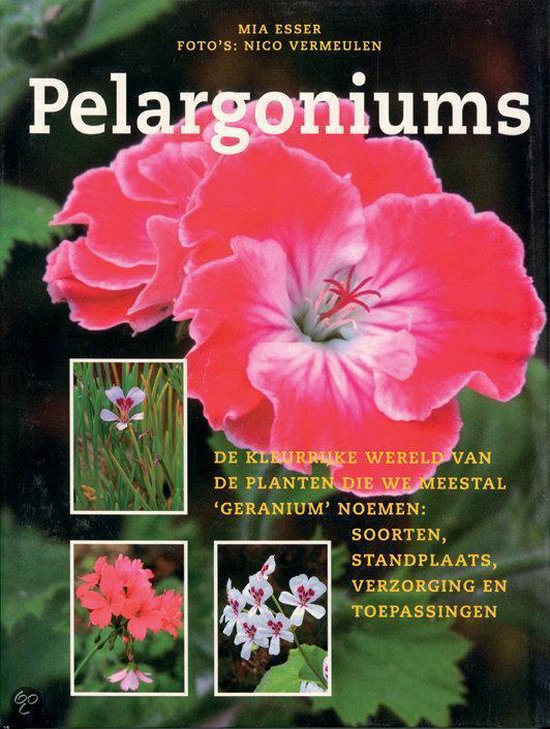
Geranium
Today geraniums can be found throughout the world, their widespread use in food and perfume manufacture as well as floral display exemplifying the global industrialization of plant production. This book details how the amenable geranium remains a plant that many love and others love to hate, but above all it is a flower that is seldom ignored.
Reaktion's new 'Botanical' series is the first of its kind, integrating horticultural and botanical writing with a broader account of the cultural and social impact of plants. In that sense, the South African geranium (the enduring, if confusing, common name for the genus Pelargonium) is perhaps the perfect plant to inaugurate the series. The story of the geranium's inexorable rise encompasses many other historical narratives: from plant hunting to commercial cultivation; from the role of plants in alternative medicine and the philanthropic imagination to changing styles in horticultural fashion. Geraniums were first collected by seventeenth-century Dutch plant hunters on the sandy flats near present-day Cape Town, and before long wealthy collectors and enterprising nurserymen were competing for this latest rarity to grace their hothouses. But the geranium was not destined to be a fashionable exotic for long: scarlet hybrids were soon to be found on every cottage windowsill and in every park bedding display, and the horticultural backlash began. Today geraniums can be found throughout the world, their widespread use in food and perfume manufacture as well as floral display exemplifying the global industrialization of plant production. In Geranium, Kasia Boddy details how the cheerful and amenable geranium remains a plant that many love and others love to hate, but above all it is a flower that is seldom ignored. Featuring numerous fine illustrations, Geranium explores the ever-changing image of the plant as portrayed in painting, literature, film and popular culture worldwide.
Reaktion's new 'Botanical' series is the first of its kind, integrating horticultural and botanical writing with a broader account of the cultural and social impact of plants. In that sense, the South African geranium (the enduring, if confusing, common name for the genus Pelargonium) is perhaps the perfect plant to inaugurate the series. The story of the geranium's inexorable rise encompasses many other historical narratives: from plant hunting to commercial cultivation; from the role of plants in alternative medicine and the philanthropic imagination to changing styles in horticultural fashion. Geraniums were first collected by seventeenth-century Dutch plant hunters on the sandy flats near present-day Cape Town, and before long wealthy collectors and enterprising nurserymen were competing for this latest rarity to grace their hothouses. But the geranium was not destined to be a fashionable exotic for long: scarlet hybrids were soon to be found on every cottage windowsill and in every park bedding display, and the horticultural backlash began. Today geraniums can be found throughout the world, their widespread use in food and perfume manufacture as well as floral display exemplifying the global industrialization of plant production. In Geranium, Kasia Boddy details how the cheerful and amenable geranium remains a plant that many love and others love to hate, but above all it is a flower that is seldom ignored. Featuring numerous fine illustrations, Geranium explores the ever-changing image of the plant as portrayed in painting, literature, film and popular culture worldwide.
| Auteur | | Kasia Boddy |
| Taal | | Engels |
| Type | | Hardcover |
| Categorie | | Wetenschap & Natuur |





